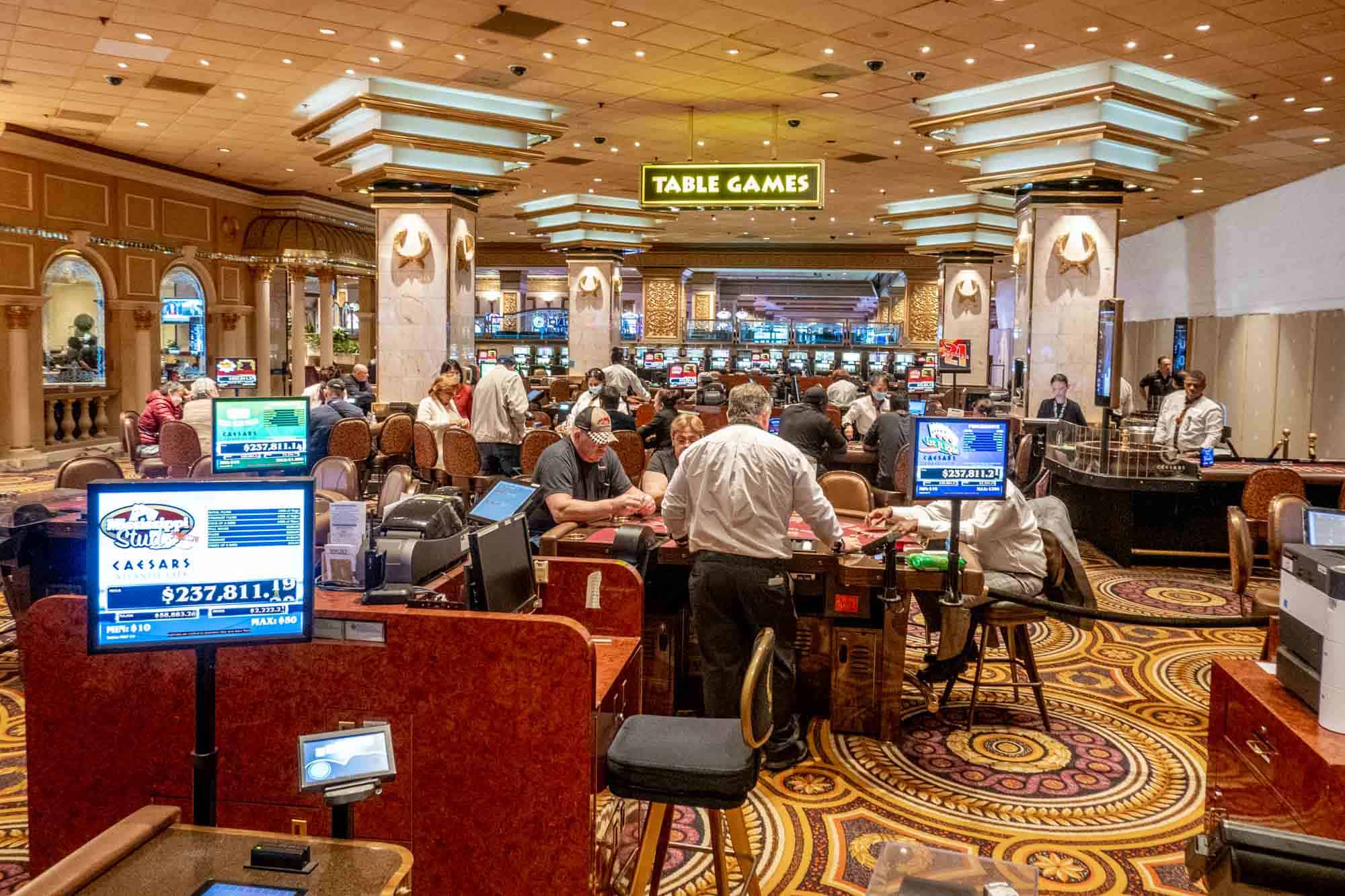
Casino experiences have long captivated the human imagination, drawing players into a realm filled with fortune, tactics, and the allure of thrill. Each activity is painstakingly crafted not just for entertainment, but also to inspire particular emotional responses that keep players involved and committed. Understanding the reasons behind these designs reveals much about how behavioral psychology plays a crucial role in the gaming experience.
From the vivid lights and vibrant sounds to the complex layering of rules and payoffs, casino games are designed to create an atmosphere of thrill and anticipation. Game designers leverage psychological principles to influence player behavior, whether through the use of big prizes, near-miss scenarios, or community engagement. By examining these elements, we can better appreciate how casino games fulfill not just a need for entertainment, but more profound psychological needs for thrill and risk.
Comprehending Player Behavior
Casino games are engineered with a profound understanding of gamer psychology, which is essential for luring and retaining players. The thrill of the game, coupled with the expectation of winning, creates a formidable attraction. Game designers employ elements like audio cues, colorful graphics, and captivating gameplay to capture attention and evoke emotional responses. These sensory elements enhance the overall experience, making players feel more invested in the game.
Another significant aspect of player behavior is the concept of risk versus reward. Casino games often manage high-stakes situations with the potential for substantial rewards, which can cause the occurrence known as near-miss effect. When players come close to winning, the brain secretes dopamine, strengthening their behavior and encouraging them to persist playing in pursuit of that elusive win. casino en ligne This cycle of anticipation and letdown plays a key role in how games are constructed and marketed.
Lastly, community aspects also play a critical role in player behavior at casinos. Many games are made to be played in groups or in company with other players, fostering a sense of belonging and collective experience. The interaction inherent in games like blackjack enhances enjoyment and can result in extended gameplay. Designers capitalize on this by creating environments that prompt players to remain, socialize, and revisit, making the overall casino experience more inviting.
The Role of Imagery and Sound
Imagery and audio play a vital role in enhancing the player’s experience within gambling games. Designers utilize bold colors, striking graphics, and captivating animations to grab players’ attention and maintain their focus. The use of motifs, such as exploration or luxury, helps create an enthralling atmosphere that transports players into a different world. By appealing to the senses, these elements add to a intensified emotional response, encouraging players to engage more profoundly with the games.
Audio design is just as important in reinforcing the experience of gambling games. The combination of ambient music, sound effects for successful combinations, and ambient noises creates an auditory landscape that holds players enthralled. Sounds associated with wins, such as chiming bells or celebratory music, evoke feelings of excitement and satisfaction, encouraging players to continue playing. These sound cues are carefully placed to amplify the thrill of the game and create a more immersive experience.
Moreover, the alignment of imagery and sound is crucial for reinforcing the game’s overall theme and atmosphere. Each element should align harmoniously to create a unified experience that pulls players in. The effective use of this integration not only enhances user enjoyment but also increases the likelihood of return play, as players become more invested in the captivating world that the gambling games offer. This thoughtful integration of visuals and audio ultimately enhances player involvement and commitment.
Incentive Structures and Participation
The design of casino games significantly relies on incentive systems to ensure participants involved and returning for more. These structures are rooted in psychological principles that exploit human nature and motivation. Participants are often driven by the thrill of success, which is supported by immediate responses through the game structure’s design. This instant gratification not only enhances the overall experience but also fosters a sense of success, prompting participants to continue participating in hopes of greater gains.
Casinos adopt various incentive systems, such as large payouts, bonuses, and multipliers, to engage participants. These elements create a level of excitement that maintains interest. Additionally, the randomness of outcomes plays a significant role in keeping attention. The variable reward system, where successes are random but occur often enough, keeps players on edge and driven to continue participating. This cycle of hope and anticipation is foundational to the success of casino games.
Furthermore, community aspects, such as tournaments and collaborative options, enhance the participation factor by tapping into the competitive nature of players. The communal aspect of gaming with others can amplify the excitement of winning and create a sense of community within the casino. By combining these social dynamics with efficient incentive structures, casino games don’t just provide fun but also nurture a deeper bond among players, solidifying their loyalty to the overall experience.